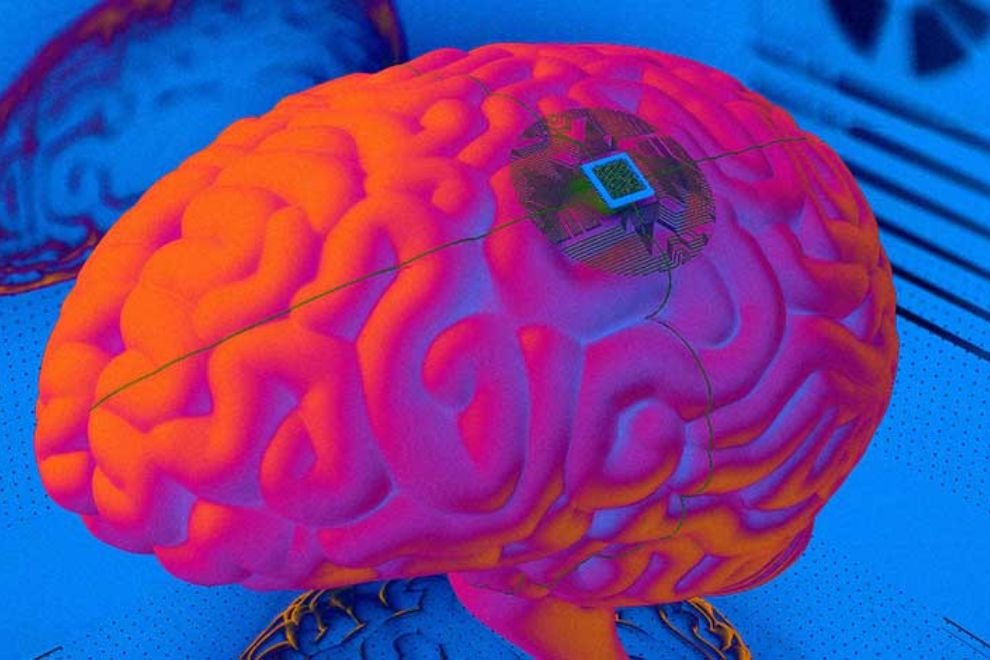New Techniques For Depression, Parkinson’s- Brain Stimulators Powered By Breathing
In the never-ending search for highly effective yet less painful treatments, new experimental, battery-free, surgically implanted brain technology is boosting optimism.
Today, epilepsy and Parkinson’s disease are treated with neural implants that electrically activate deep brain tissue. Recent studies have also demonstrated the effectiveness of deep-brain stimulation in the treatment of mental illnesses such as addiction, depression, obsessive-compulsive disorder, and post-traumatic stress disorder.
These Deep Brain Stimulation (DBS) implants have three years’ worth of battery life. Surgery to replace the large batteries, however, can be expensive and increase the risk of infection. A DBS system that powers itself by gathering and storing energy from the motion of breathing lungs has been created by researchers as a solution for that issue.
“Deep-brain stimulators are energy monsters so the battery runs out very quickly,” says Islam Mosa, a chemist, and chief technology officer of the University of Connecticut
How Does It Work?
Electrodes are surgically inserted in the deep interior region of the brain during deep brain stimulation to convey electrical impulses at various frequencies. The electrodes are fired through a wire under the skin that goes up the neck to the skull by a pulse generator positioned immediately below the collarbone.
The brain would receive those electrical pulses in a controlled manner. Previous attempts to create battery-free DBS systems that rely on capturing the body’s mechanical energy failed to deliver pulses at a controllable frequency or to produce enough power to activate the electrodes.
“We wanted to make this fit in with the rest of the available technology in the usual way. In principle, if someone already has a deep brain stimulator, we could just replace the battery with this generator without having to retrofit them with a wholly new device,” says UConn chemist Jim Rusling.
Testing
The scientists put their triboelectric nanogenerator to the test by placing it inside the chest of a model pig with a pig lung attached to a pump. The pig’s lung pushes against the nanogenerator during breathing and exhaling, forcing two layers inside the device to rub against each other and generate electricity.
The deep brain stimulator electronics are located outside the rib cage and are powered by a supercapacitor that receives electricity through a tiny wire. The brain stimulator produced pulses 60 times per second using the supercapacitor’s stored electricity, much like a commercial device would.








